OPEN THE GATES
to the
IVY LEAGUE
OPEN THE GATES
to the
IVY LEAGUE
A PLAN B FOR GETTING INTO THE TOP COLLEGES
C. W. Henderson
PRENTICE HALL PRESS
PRENTICE HALL PRESS
Published by the Penguin Group
Penguin Group (USA) Inc.
375 Hudson Street, New York, New York 10014, USA

USA | Canada | UK | Ireland | Australia | New Zealand | India | South Africa | China
Penguin Books Ltd., Registered Offices: 80 Strand, London WC2R 0RL, England
For more information about the Penguin Group, visit penguin.com.
OPEN THE GATES TO THE IVY LEAGUE
Copyright 2013 by Back Gateway Guide, LLC
All rights reserved. No part of this book may be reproduced, scanned, or distributed in any printed or electronic form without permission. Please do not participate in or encourage piracy of copyrighted materials in violation of the authors rights. Purchase only authorized editions.
PRENTICE HALL PRESS is a registered trademark of Penguin Group (USA) Inc.
ISBN: 978-1-101-61668-0
An application to catalog this book has been submitted to the Library of Congress.
First edition: August 2013
Text design by Tiffany Estreicher
While the author has made every effort to provide accurate telephone numbers, Internet addresses,
and other contact information at the time of publication, neither the publisher nor the author
assumes any responsibility for errors, or for changes that occur after publication. Further,
the publisher does not have any control over and does not assume any responsibility
for author or third-party websites or their content.
Most Prentice Hall Press books are available at special quantity discounts for bulk purchases for sales
promotions, premiums, fund-raising, or educational use. Special books, or book excerpts, can
also be created to fit specific needs. For details, write: Special.Markets@us.penguingroup.com.

SIGN UP FOR UPDATES ON
COLLEGE ADMISSIONS
You can sign up for updates on college admissions
and back gateways into top colleges at:
www.openthegates.com
Introduction
What This Is and Why I Wrote It
I am the master of my fate:
I am the captain of my soul.
WILLIAM ERNEST HENLEY,
INVICTUS, 1888
L et me throw some numbers at you. Sorry, they arent very pretty.
Weve all heard about the 1 percent versus the 99 percent. It is true that, as of 2009 (the most recent year with firm figures), 35.6 percent of U.S. wealth was in the hands of just 1 percent of the American people. Bad news for most of us, but it actually gets worse. The next richest 4 percent of the American people claim a 27.9 percent chunk of the wealth. Go down a tier to the 15 percent of Americans just below the top 5 percent, and an additional 23.7 percent of U.S. wealth is accounted for. This leaves only a 12.8 percent sliver of the U.S. money pie for nearly eight in ten Americans.
Go to work fresh out of high school, and you can expect to earn a lifetime total of some $1.2 million. Walk through a college gate, and you enter a life in which you will come close to doubling that at $2.1 million. If the gate opens onto a school of the Ivy League, the lifetime number leaps to nearly $3 million.
And you dont even have to wait all your life for the big numbers to kick in. The median starting salaries for Ivy League graduates are 32 percent higher than those of traditional liberal arts college graduates. Fast-forward ten or more years, and the difference increases to 34 percent. A recent survey by the global compensation data provider PayScale Inc. of 1.2 million bachelors degree graduates with a minimum of ten years work experience revealed very little correlation between the graduates major and his or her long-term earning power. However, where the degree was earned made a very big difference. PayScale revealed that English majors who graduated from Harvard University earned a median starting salary of $44,500, compared to $35,000 for those with English degrees from Ohio State University. After ten years, Harvard English majors were raking in $103,000 annually in median pay, 111 percent more than their Ohio State counterparts.
WHERE LEADERSHIP BEGINS
Any way you look at the numbers, the conclusion is inescapable. Going to college and where you go to college are the two most important determinants of your lifetime capacity to create wealth. So, do you choose to brand yourself victim or leader? If your choice is option two, choose your college very ambitiously, because it is where leadership begins.
The schools this book is dedicated to helping you enter are among the schools whose graduates regularly triple their income and, very often, earn beyond that.
Becauseagain, based on the numbersyou do need help. Writing for Registered Rep. (College Planning Mythbusters, March 1, 2011), college consultant Lynn OShaughnessy cites a recent UCLA study showing that 79 percent of the current crop of college freshmen got into their No. 1 choice. Why, then, do so many of us have the impression that its getting harder than ever to get into college? The reason why this myth persists, OShaughnessy explains, is because a tiny percentage of institutions in this countrymostly in the Northeastare nearly impossible to crack. According to U.S. News & World Report, Ivy League schools on average reject some 90 percent of applicants. Do the math. Ninety percent puts you distressingly close to a 100 percent certainty of joining the vast majority the Harvards and the Yales turn away.
UNCONQUERABLE
There is no denying that an Ivy League or other elite diploma has been the seed of many a 1 percent dream. Its true, too, that Americans in the bottom 99 percent have not given up dreaming. Its just that, these days, they are also doing the math. You wont find this must-solve problem on the SAT, but it goes something like this:
 Let the Ivy League and other elite schools educate less than 1 percent of the population.
Let the Ivy League and other elite schools educate less than 1 percent of the population.
 Let 35.6 percent of all wealth go to just 1 percent of the population.
Let 35.6 percent of all wealth go to just 1 percent of the population.
 Let a top-flight college education be the single greatest determinant of lifetime income.
Let a top-flight college education be the single greatest determinant of lifetime income.
 Calculate your chances (or your childs chances, or your grandchildrens chances) of ascending into the 1 percent (or even the top 20 percent) holders of American wealth.
Calculate your chances (or your childs chances, or your grandchildrens chances) of ascending into the 1 percent (or even the top 20 percent) holders of American wealth.
Daunting as the terms of this problem are, they get even harder every year because the population of college-bound students continues to grow, yet the number of places for them at the top schools remains unchanged. No wonder more and more parents push their kids to prepare for college practically before they are out of diapers. In high schools, students these days take on unprecedented loads of AP courses. (For the ambitious junior, three is common; for seniors, four is the new normal.) Even so, high school is too late to start training. One of my daughters classmates has a pilots license, Judith Warner, author of

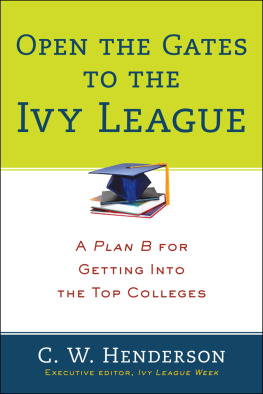
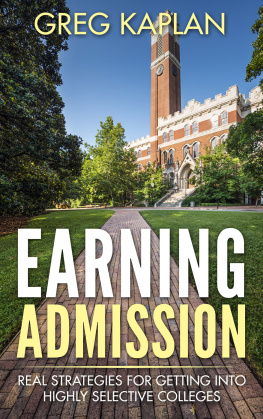

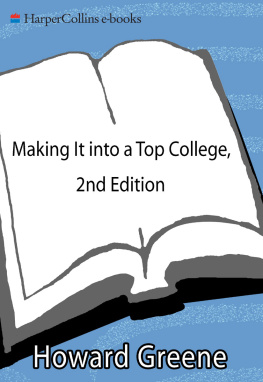
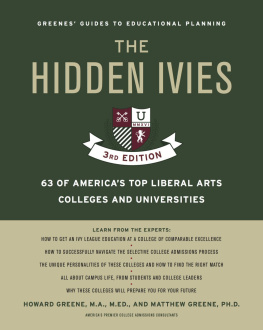
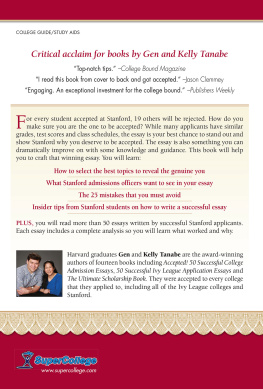
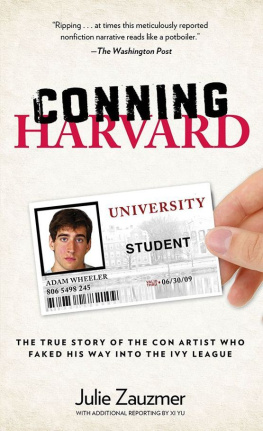



 Let the Ivy League and other elite schools educate less than 1 percent of the population.
Let the Ivy League and other elite schools educate less than 1 percent of the population.